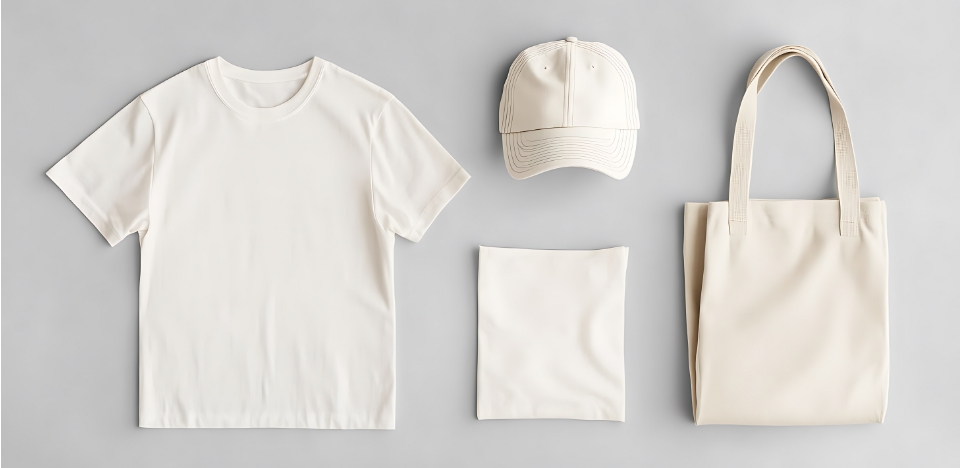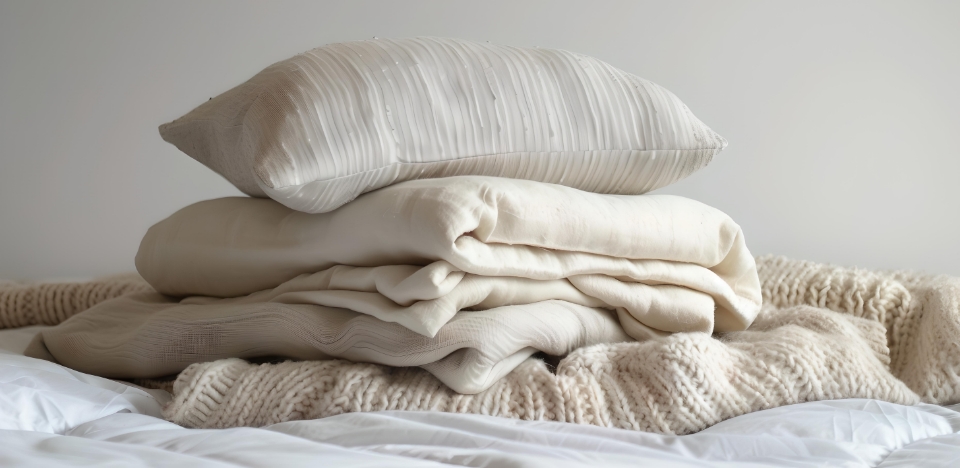Product Lineup
HOME - Our Products / Use Cases
At Biopla, we utilize eco-friendly biomass materials to develop products—mainly in the apparel sector—that excel in antibacterial performance, safety, and comfort. In recent years, we have expanded our applications to include not only apparel such as T-shirts, sportswear, and school uniforms, but also home textiles like curtains and bedding, by using PLA (polylactic acid) derived from non-edible biomass sources such as straw and wood-based materials.
“Changing the future through what we wear—using materials that return to nature.”
That is the philosophy behind Biopla’s craftsmanship.

Apparel Products
We use PLA materials in everyday clothing such as T-shirts, sportswear, and school uniforms. These garments offer a natural, gentle texture derived from plant-based sources, while providing excellent antibacterial, deodorizing, and flame-resistant properties—ensuring a safe and comfortable wearing experience. As a material that does not generate microplastics, PLA also contributes to building a more sustainable fashion industry.

Home Textile Products
We also offer PLA-based materials for home textiles, including curtains, blankets, and bed sheets. With features such as antibacterial, deodorizing, and flame-resistant properties, our products support the creation of comfortable living spaces in homes, facilities, and hospitality environments. They are characterized by their soft, nature-derived texture and high safety standards.